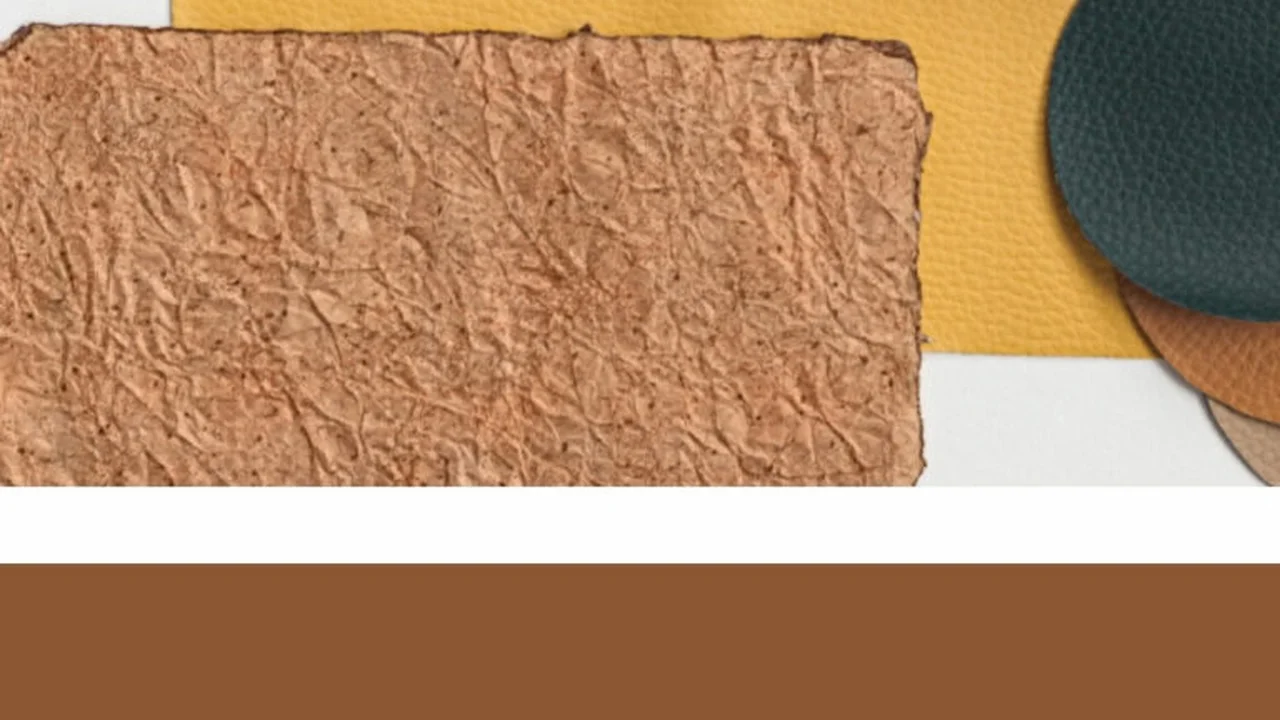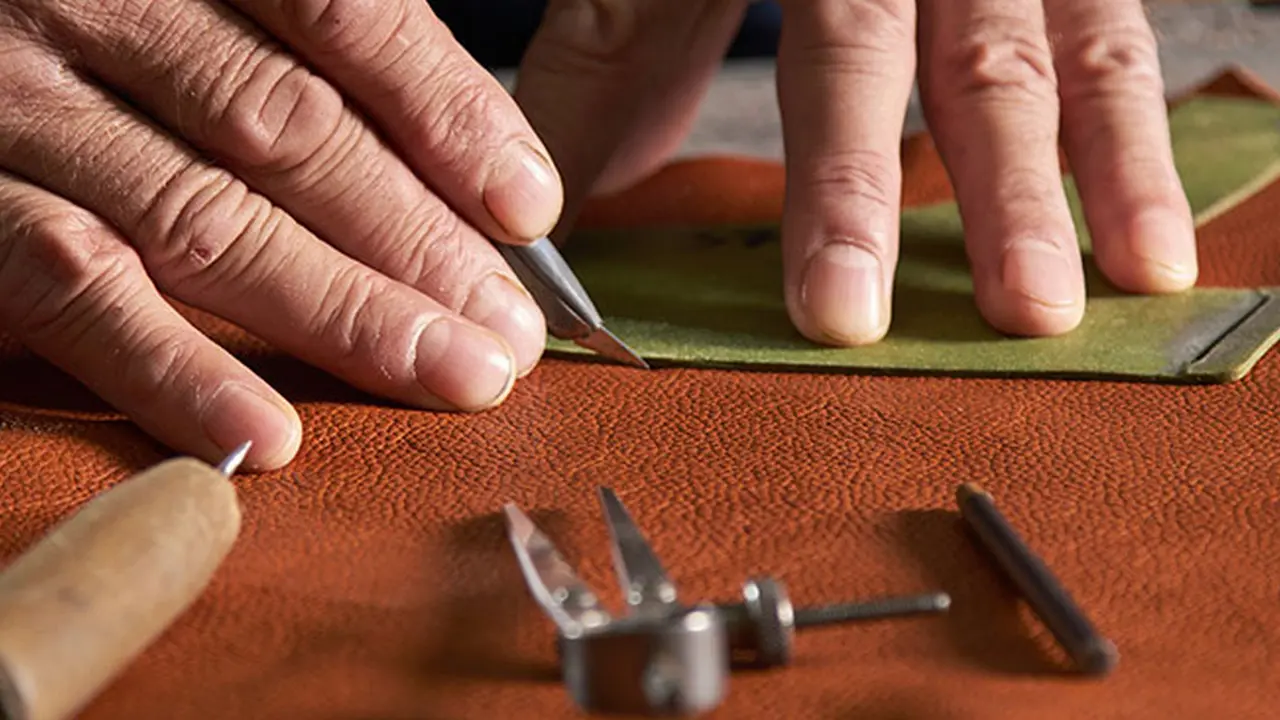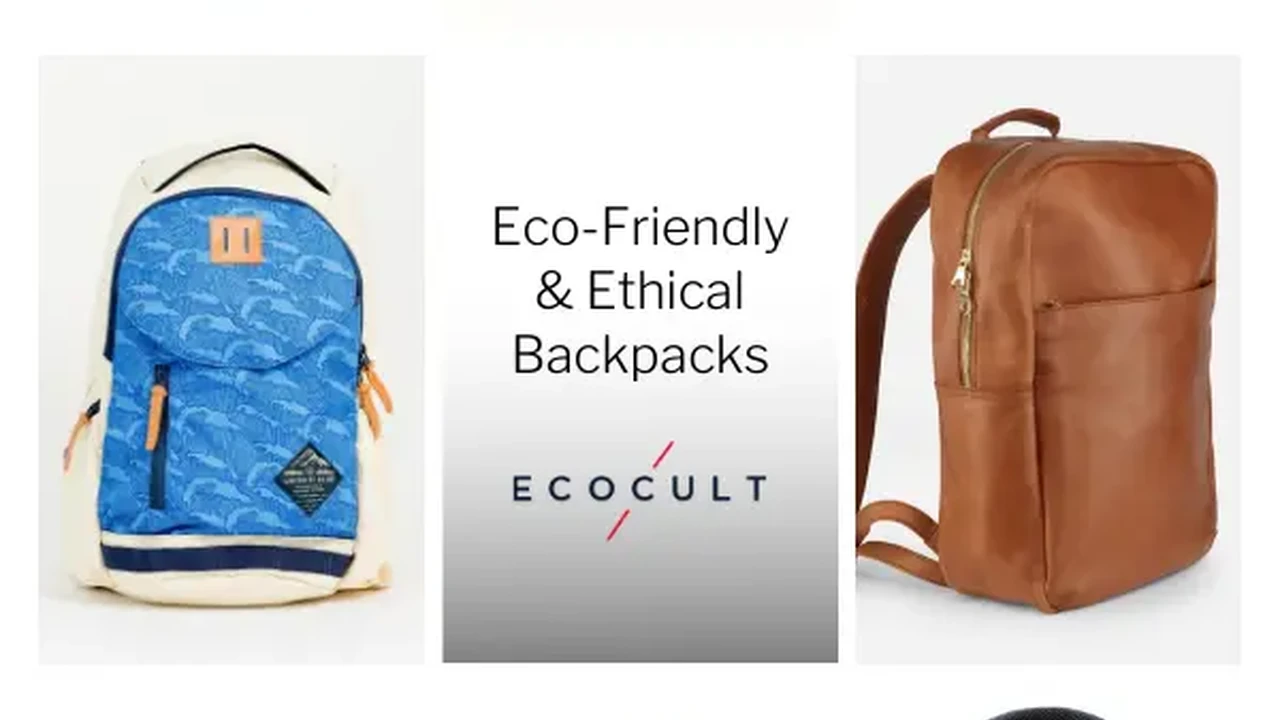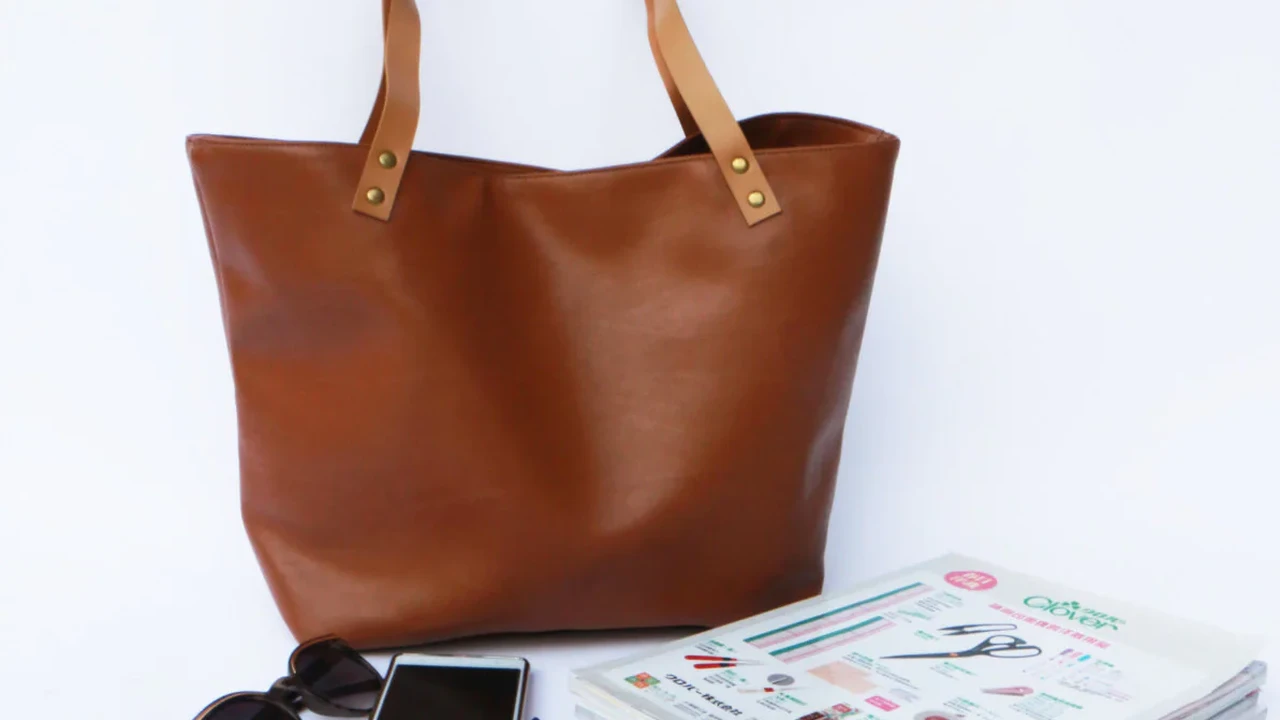Is Vegan Leather Really Sustainable: Unveiling the Truth
Investigate the sustainability of vegan leather and its environmental impact. Get the facts on materials, manufacturing, and disposal practices.

What is Vegan Leather Really Made Of? A Deep Dive into Materials
So, you're curious about vegan leather and its sustainability claims? Awesome! Let's start with the basics: what *is* vegan leather, really? Unlike traditional leather, which comes from animal hides, vegan leather is made from various synthetic and plant-based materials. The most common type is Polyurethane (PU) leather, but you'll also find options made from Polyvinyl Chloride (PVC), Piñatex (pineapple leaf fiber), apple leather, mushroom leather, and even recycled plastic bottles!
Each material has its own pros and cons when it comes to sustainability. PU leather, for example, is generally considered less harmful than PVC, which releases dioxins during production and disposal. Plant-based options like Piñatex and apple leather sound great, but they often require a PU or other synthetic coating for durability. It's a complex world, and understanding the materials is the first step.
The Manufacturing Process Unveiled: How Sustainable is Vegan Leather Production?
Okay, we know *what* vegan leather is made of, but what about *how* it's made? The manufacturing process can have a significant impact on sustainability. For example, the production of PU and PVC leather often involves the use of harmful chemicals and solvents. These chemicals can pollute the air and water, and they can also be harmful to workers.
Plant-based vegan leathers generally have a lower environmental impact in terms of chemical use, but they often require more land and water to grow the raw materials. And, as mentioned earlier, they often need a synthetic coating to improve their durability and water resistance. It's a balancing act, and there's no perfect solution.
Vegan Leather Disposal and End-of-Life: Is it Biodegradable?
What happens to your vegan leather handbag when you're done with it? This is a crucial question when considering sustainability. Unfortunately, most vegan leathers, especially those made from PU and PVC, are not biodegradable. They can sit in landfills for hundreds of years, slowly breaking down and releasing harmful chemicals into the environment.
Some plant-based vegan leathers, like those made from mushroom or apple waste, have the potential to be biodegradable under the right conditions. However, even these materials often require industrial composting facilities to break down properly. It's important to check the manufacturer's recommendations for disposal.
Product Recommendations: Sustainable Vegan Leather Handbags for the Eco-Conscious Consumer
Alright, let's get to the good stuff! Here are a few vegan leather handbag options that are making waves in the sustainability world:
Matt & Nat Brave Backpack
Material: Recycled nylon lining, PU leather exterior.
Use Case: Perfect for students, commuters, and travelers. It's stylish, functional, and made with recycled materials.
Comparison: Matt & Nat is known for its commitment to vegan and sustainable practices. The Brave backpack offers a great balance of style, durability, and eco-friendliness. Compared to other PU leather backpacks, Matt & Nat prioritizes using recycled materials wherever possible.
Price: Approximately $150 USD.
Angela Roi Cher Tote
Material: High-quality vegan leather (PU).
Use Case: Ideal for work, shopping, and everyday use. The Cher Tote is spacious, elegant, and cruelty-free.
Comparison: Angela Roi focuses on creating beautiful and durable vegan leather handbags that mimic the look and feel of real leather. While it's PU, the brand is transparent about its materials and production processes. It's a good option for those seeking a luxurious vegan alternative.
Price: Approximately $235 USD.
Corkor Crossbody Bag
Material: Cork.
Use Case: Great for travel, errands, and casual outings. Corkor's crossbody bag is lightweight, water-resistant, and naturally sustainable.
Comparison: Cork is a renewable and sustainable material harvested from cork oak trees. Corkor uses high-quality cork to create durable and stylish handbags. It's a unique and eco-friendly alternative to traditional leather and PU leather.
Price: Approximately $80 USD.
Understanding Price Points of Vegan Leather Handbags: Is it Worth the Investment?
Vegan leather handbags can range in price from budget-friendly to luxury. The price depends on several factors, including the materials used, the brand, the manufacturing process, and the design.
Generally, PU leather handbags are more affordable than those made from plant-based materials or recycled materials. However, it's important to consider the quality and durability of the material. A cheaper PU leather bag might not last as long as a more expensive plant-based option.
When considering the price of a vegan leather handbag, think about the long-term value. A well-made, sustainable bag might be more expensive upfront, but it will last longer and have a lower environmental impact than a cheaper, less durable option.
Vegan Leather vs Traditional Leather: A Sustainability Showdown
Let's face it, traditional leather has a *huge* environmental footprint. From the land required for grazing to the water and chemicals used in tanning, it's a resource-intensive industry. Vegan leather, while not perfect, often presents a more sustainable alternative. It avoids the ethical concerns of animal cruelty and reduces the demand for environmentally damaging tanning processes.
However, it's crucial to remember that not all vegan leathers are created equal. Choosing materials like Piñatex, cork, or recycled options over PVC can significantly reduce your environmental impact. Look for brands that are transparent about their sourcing and production methods. By making informed choices, you can enjoy stylish handbags while minimizing your impact on the planet.
:max_bytes(150000):strip_icc()/277019-baked-pork-chops-with-cream-of-mushroom-soup-DDMFS-beauty-4x3-BG-7505-5762b731cf30447d9cbbbbbf387beafa.jpg)






